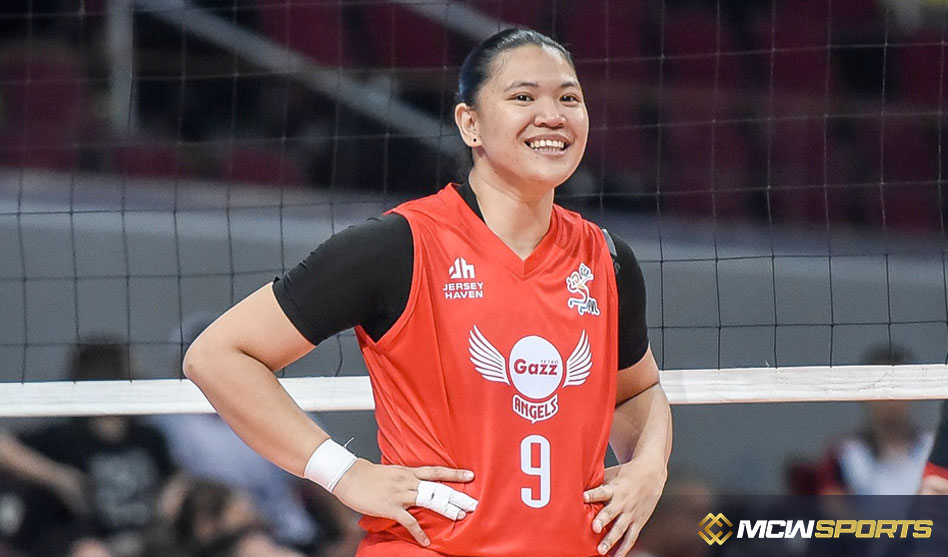MANILA, Philippines – An uncommon alchemy in the NBA is a draft steal—a player whose influence much outweighs their initial position. Some have become superstars since 2000, changing franchises and redefining value in the process. These players—Paul Millsap, DeAndre Jordan, Marc Gasol, Nikola Jokić, and Giannis Antetokounmpo—are timeless examples of selecting the right players at the right moment.
The person at the top of this discussion is Giannis Antetokounmpo, who was selected 15th overall in 2013. He developed into a generational force, although still being a little unknown: two-time MVP, NBA champion, Finals MVP, Defensive Player of the Year, and a consistent All-Star. A mid-lottery choice became one of the decade’s most dominant players thanks to his size, speed, skill, and work ethic.
The tale of Nikola Jokić is equally captivating. He was the lowest-drafted player ever to win MVP after being selected with the 41st pick in 2014, and his unconventional genius allowed him to break through the NBA’s elite. A three-time MVP and a playmaking center with the best IQ in the game, he turned Denver into a contender for a title. His value-to-selection ratio is higher than that of only a few options in contemporary history.
Marc Gasol came out at No. 48 in the second round ten years prior. He quietly developed a career characterized by adaptability, vision, and defense while being ignored as he watched the draft play out. Gasol, a Defensive Player of the Year and a vital component of Memphis’ team identity, surprised everyone by contributing at a high level.
Another example of astute scouting is Paul Millsap, who was selected 47th overall in 2006. Millsap went unnoticed in a class full of future players like Rajon Rondo and Kyle Lowry, but he went on to become a four-time All-Star and a stretch power forward innovator. He proved that lottery selections aren’t the only way to be a great draft pick.
Next is DeAndre Jordan, who was selected 35th overall in 2008 and flourished during the NBA’s most renowned period of high-flying Clippers play. He led one of the league’s most entertaining and productive second units, providing excellent value from the mid-second round. He was a rebounding powerhouse and a lethal interior presence.
However, not all classes are welcoming to scouts. Most people agree that the 2000 draft was one of the worst this century. While many lottery aspirants failed, Kenyon Martin, the number one choice, had a good but unimpressive career. A select handful, such as Jamaal Magloire and Michael Redd, deviated from the norm. It was a clear reminder that even at the top, there is no guarantee of a response.
Compare that to 2003, which may have been the most remarkable draft class in recent history. In addition to LeBron James, this class produced Kyle Korver, Chris Bosh, Dwyane Wade, Carmelo Anthony, and others. The first five picks have a remarkable exceptional level of organizational significance, with nine All-Stars and fifty All-Star appearances.
Star-studded selections that went well beyond the lottery were also made in previous drafts, such as 2009 and 2011. Blake Griffin took the lead in 2009, but James Harden, who was selected third, became a consistent scorer, and Steph Curry fell to seventh place and shot to superstardom. It was one of the deepest drafts in recent memory, with players like Isaiah Thomas, Jimmy Butler, Klay Thompson, and Kawhi Leonard rising through the ranks after Kyrie Irving.
The true magic is in discovering the underappreciated jewels, but those superstar-filled classes are certainly noteworthy. Giannis, Jokić, and Gasol are all examples of how scouting is more than just rating; it’s a prediction that is spot on. Furthermore, when a pick surpasses expectations, it redefines potential rather than only rewarding the team.
In the future, teams can drastically change their competition environment by discovering a mid-round gem. Basketball lore has always taught us that skill, heart, and fit may show up anywhere on the selection board. A late-round pick like Giannis has the potential to transform a franchise—and a decade—for every top-three selection that performs as expected.

 English
English










